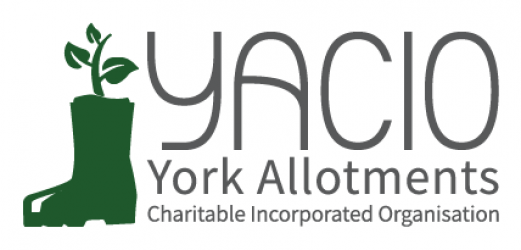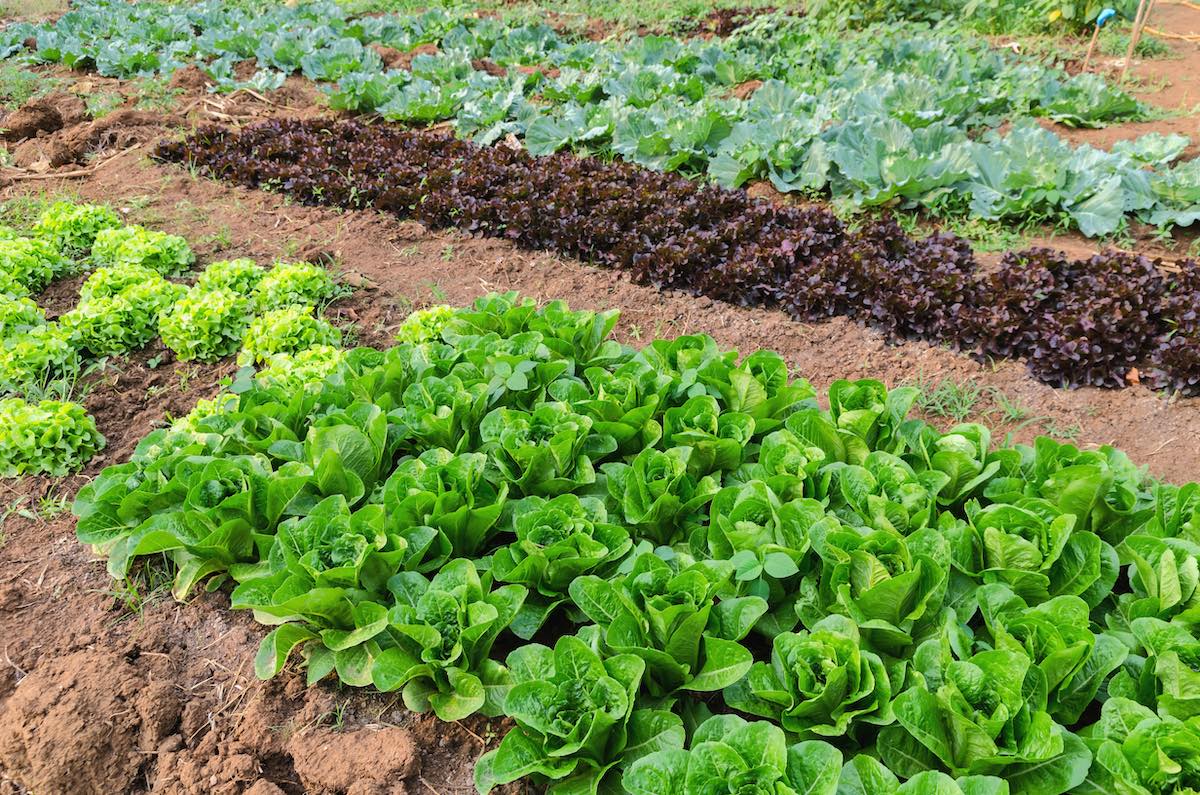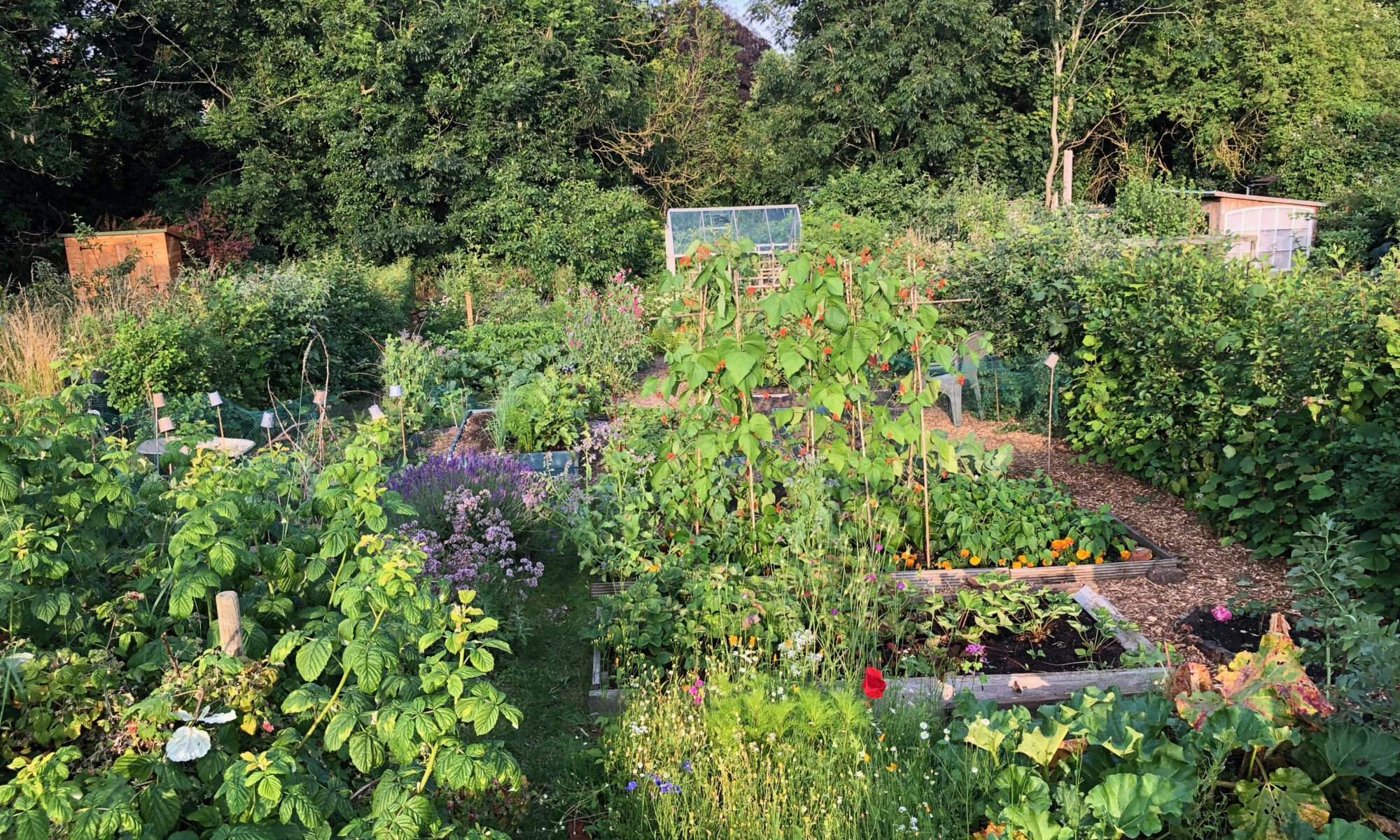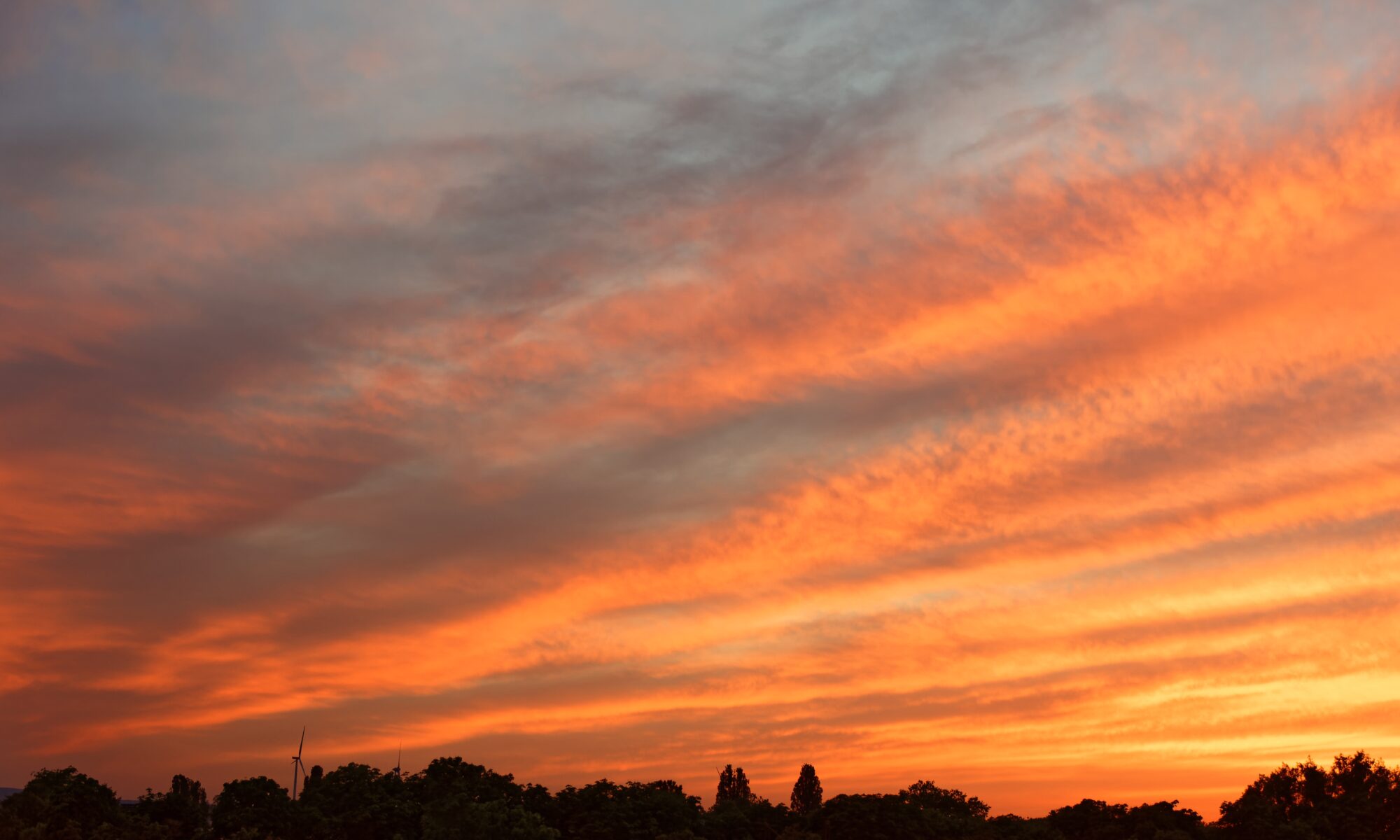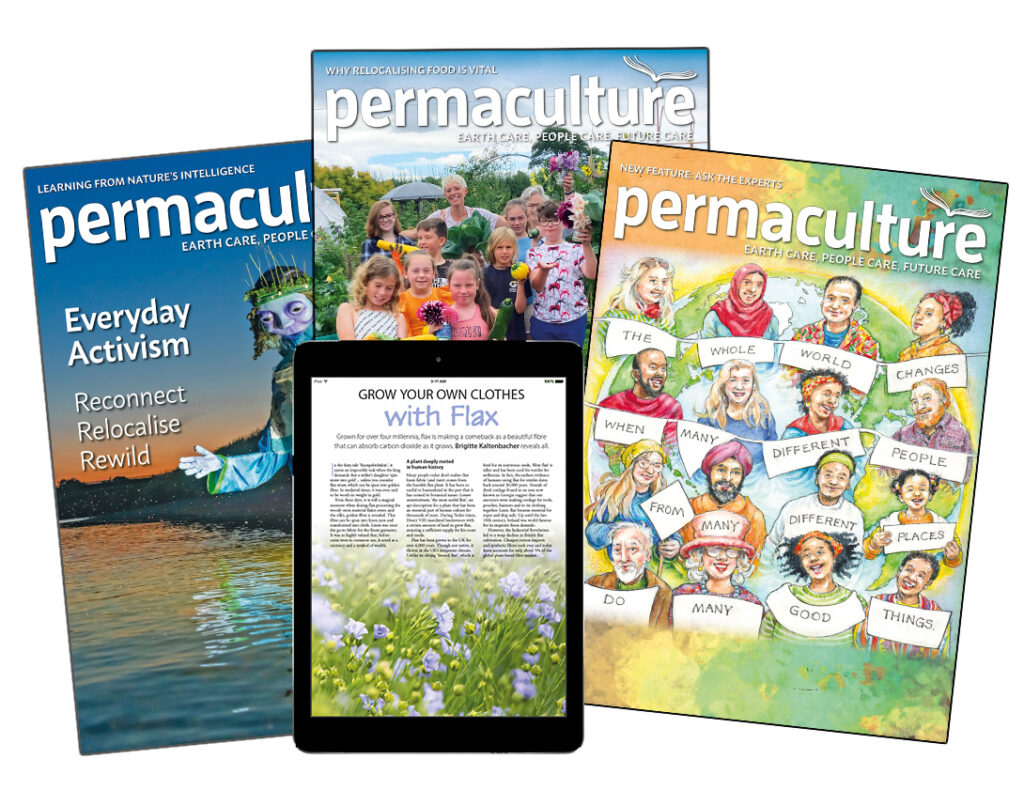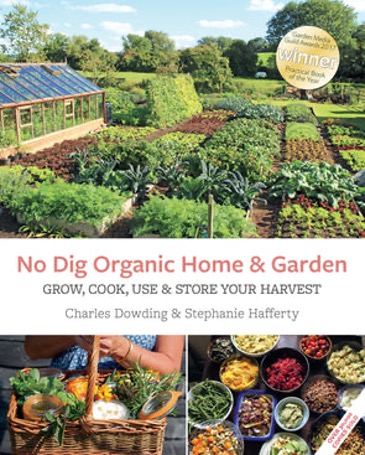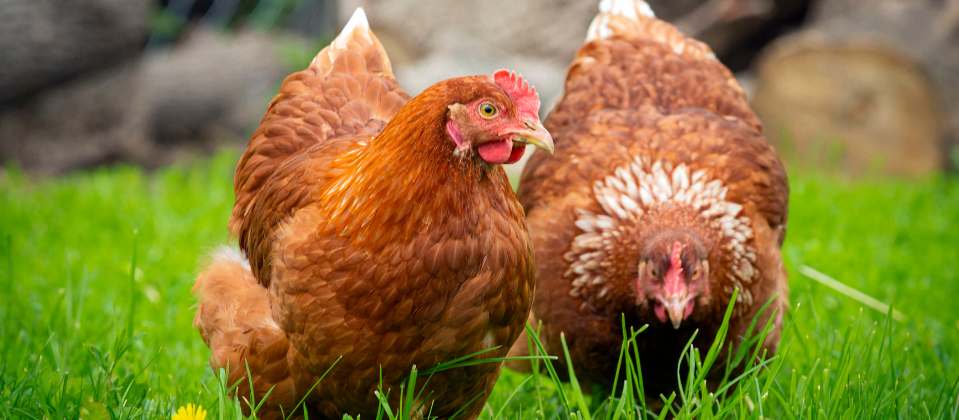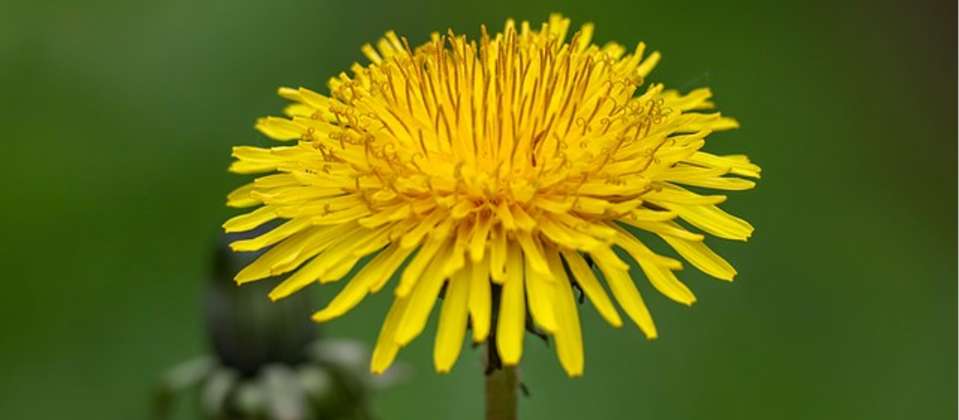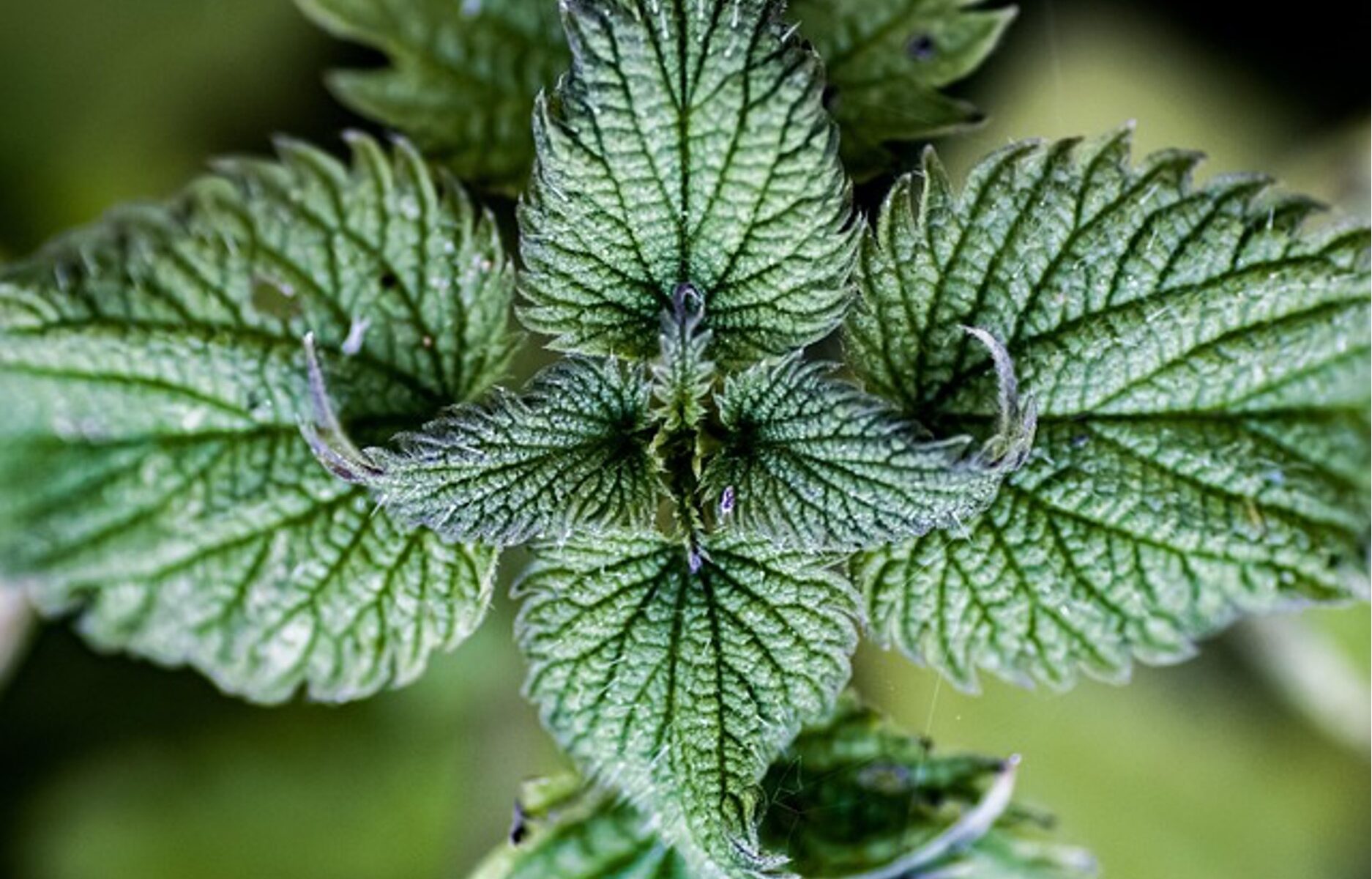Edges and hedges, fences and boundaries. Often sites of contention on allotments if you and your neighbours don’t share the same gardening ethos, or (heaven forbid!) the authorities deem your precious hedge just that little bit too high or too overgrown…..Often, too, when people take on a new plot, one of the first things they do is start to define their territory and marking it somehow, rather than preparing the ground to get some crops going.
If you’re gardening with and for nature, then your boundaries should be permeable. A habitat hedge of prunings and dead wood provides a wonderful place for beetles and butterflies and even for small birds like wrens to make nests. A living hedge of native species provides even richer habitat and massively enhances the biodiversity on your plot. And many hedge plants are edible of course: hawthorn leaves are known as bread and butter because they have historically been regarded as such a valuable early spring food; later they have berries which you can enjoy in a mixed jam or jelly, leaving many for the birds, especially the thrush family. Dog rose has such beautiful simple flowers that you can use in salads, and again the hips can be used in so many ways in the kitchen as well as being food for the birds. Blackthorn gives us sloes in the late autumn and the flowers are some of the earliest to appear in early spring, providing nectar for early flying insects. Elder and crab apple are beautiful small trees traditionally found in hedges, and provide abundant food for humans and the more than human world. Cordial, fritters, jelly and jam, and medicinal benefits too: elder is a specific for respiratory conditions and a useful herb tea in fever and colds.
In the last 75 years, Britain has lost over 50% of its hedgerows. Hedges may be neglected and grow into a line of trees, losing the lower shrubby cover that is so important as shelter and food and movement routes for mammals, birds and insects. Or they may be over zealously managed and cut too often and to a uniform height, which reduces its value to wildlife and threatens the future of the hedge structure. You can see lots of examples of this in North Yorkshire farmland: gaps in hedges and a lack of lower dense growth. On allotment sites we have an opportunity to contribute in a small way to planting and looking after our hedges. There’s not much biodiversity in a fence or plastic siding material!
A key principle (the eleventh) in permaculture is to ‘use edges and value the margins’. If we think about it, that can apply in all sorts of settings in life, not just on the plot. It’s recognising the worth of people and plants and ideas and stories that aren’t at the center, aren’t the dominant theme. Like the harmony to a tune. Edges and margins are often where the interesting happens, the unexpected and unplanned. So in your hedge there may be goosegrass (cleavers, sticky willy) or nettles, which control freaks want to yank out, eliminate, remove entirely. But these are such valuable plants: they bind the structure of a hedge into a living habitat; they provide food for insects and food and medicine for us humans. (Maybe medicine for other creatures too: who knows?) Take an early cut of your nettles now and make a spring tonic soup; their deep roots will have drawn up valuable minerals from the soil to give us a boost after a winter or not so much really fresh food. Or dry them and use as a herb tea, mixed with mint for the flavour. Goosegrass is delicious in a pesto with other early spring ‘weeds’, like chickweed, wood sorrel, ground elder, burnet.
The same principles apply to your growing beds: there don’t have to be regimented straight lines demarcating this area from that; what interesting flowers or herbs (‘weeds’ again) might pop up on the edges! Seedlings from last year that you didn’t expect: calendula, forget-me-nots, fumitory, poppies, speedwell, clovers, scarlet pimpernel…..abundant variety, joyous profusion, there on the margins of your planning.
So make friends with all those who are on and close to your plot, and enjoy sharing that marginal territory.
Views expressed in Plotlines are those of the author and do not necessarily reflect those of YACIO.

